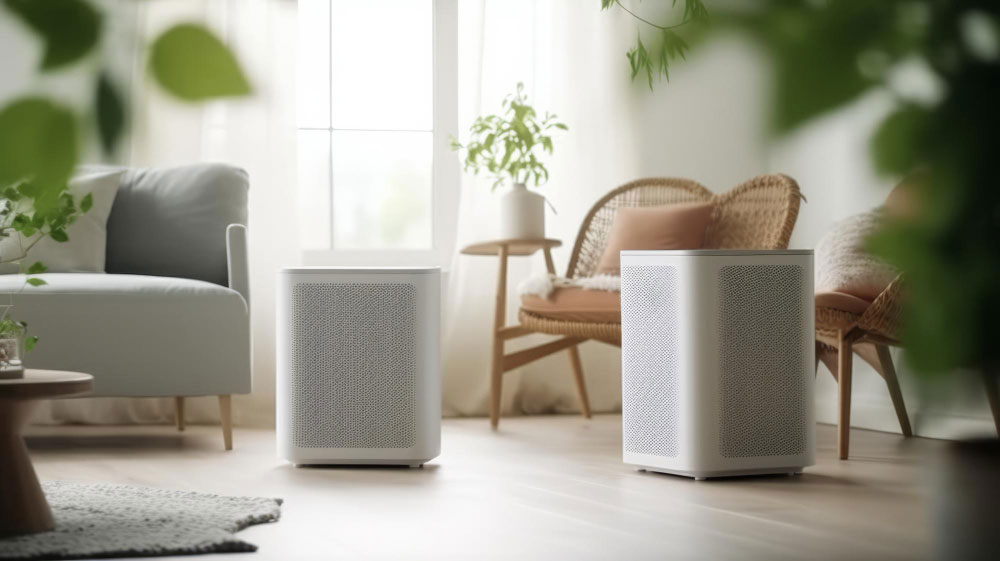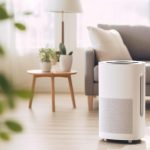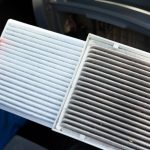Clean air is important, and air purifiers help achieve that in homes, offices, and public places. Making these devices involves several detailed steps to ensure they work well. Here’s a simple look at how high-quality air purifiers are produced, from getting parts to the final product.
1. Getting Quality Parts
Good air purifiers start with high-quality parts:
- Filters: HEPA filters trap tiny particles, capturing up to 99.97% of particles as small as 0.3 microns.
- Activated Carbon: These layers remove odors and harmful chemicals, boosting the purifier’s effectiveness.
- Sensors and Electronics: Reliable sensors monitor air quality in real-time, allowing smart features to work accurately.
- Casing Materials: Durable and attractive materials protect the internal parts and make the purifier appealing.
2. Precision Manufacturing
Once the parts are ready, the manufacturing process begins using advanced techniques:
- Injection Molding: Creates precise plastic parts for the purifier’s body, ensuring everything fits perfectly.
- Precision Molding: Used for complex parts like fans and electronic housings, making sure they align correctly during assembly.
- Automated Assembly Lines: Robots and automated systems build the purifiers efficiently and consistently, reducing errors and speeding up production.
3. Adding Smart Features
Modern purifiers integrate smart technologies:
- IoT Connectivity: Connects purifiers to smartphones and other devices, allowing remote monitoring and control.
- Smart Sensors: Automatically adjust purification levels based on air quality changes, saving energy.
- AI Algorithms: High-end models use AI to learn user preferences and predict air quality trends for a personalized experience.

4. Quality Testing
Each purifier is thoroughly tested to ensure it works well and lasts long:
- Performance Testing: Checks how effectively the purifier filters particles and reduces pollutants, including airflow and noise levels.
- Durability Testing: Ensures parts can handle long-term use through stress tests like temperature changes and vibrations.
- Safety Certifications: Meets international safety standards like UL, CE, and FCC to ensure the product is safe for consumers.
5. Final Assembly and Packaging
After passing tests, the purifier is assembled and packaged:
- Putting It Together: All parts—filters, fans, sensors, and electronics—are carefully assembled into the casing.
- Installing Software: Smart models get the latest software for connectivity and features.
- Final Checks: Each unit is inspected for any defects and tested to ensure it meets quality standards.
- Packaging: Designed to protect the purifier during shipping and provide a good unboxing experience, often using eco-friendly materials.
6. Sustainability and Longevity
Manufacturers focus on making purifiers that are energy-efficient and long-lasting:
- Energy Efficiency: Uses low-power motors and smart power management to reduce electricity use without sacrificing performance.
- Replaceable Filters: Easy-to-change filters extend the purifier’s life and reduce electronic waste.
- Eco-Friendly Materials: Uses recyclable and sustainable materials to appeal to environmentally conscious users.
Conclusion: Crafting Quality Air Purifiers
Making a modern air purifier involves careful selection of parts, precise manufacturing, smart technology integration, and strict quality testing. This detailed process ensures each purifier delivers clean air effectively and reliably.
As more people seek cleaner air, the expertise and innovation in air purifier manufacturing will continue to improve public health and well-being. Whether you’re buying an air purifier or just interested in how they work, understanding the manufacturing process shows the dedication behind these essential devices.


